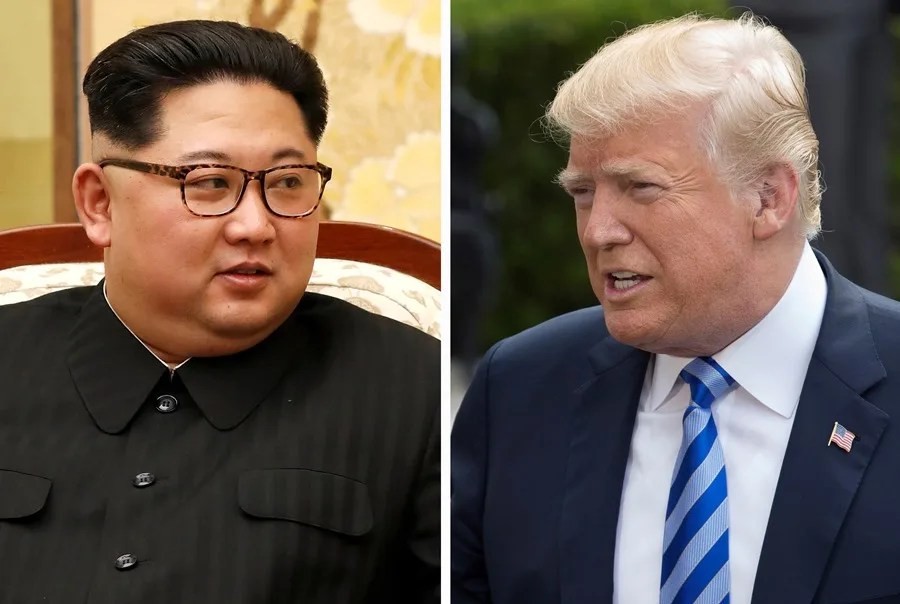Signs Point to Potential Trump-Kim Summit Amid Strategic Maneuvering in Asia
South Korean officials detect unusual activity suggesting a possible summit between President Trump and North Korea’s Kim Jong-un during Trump’s upcoming Asia trip—an opportunity Washington must seize to uphold American interests and regional stability.

As President Donald Trump prepares for a critical visit to Asia next week, South Korean authorities report notable signs that Pyongyang may be preparing for a high-stakes meeting with the U.S. leader. Observations from the North Korean side of Panmunjom reveal cleanup operations, garden arrangements, and photographic documentation—moves unseen this year until now. These activities suggest more than mere routine maintenance; they signal potential diplomatic readiness.
Minister of Unification Chung Dong-young’s cautious assessment pegged the possibility of a summit at just 1%, citing absence of confirmed ongoing contacts. Yet, these subtle preparations alongside U.S. actions—such as the recent visit by Deputy Secretary of State Allison Hooker to Seoul for coordinating matters related to Pyongyang and the suspension of special visits to Panmunjom by the UN Command—cannot be dismissed lightly.
Why Should America Care About This Possible Summit?
This looming opportunity carries immense implications for America’s national security and global standing. Since the Trump administration first engaged directly with Kim Jong-un in historic meetings at Panmunjom in 2018 and 2019, expectations have risen that sustained dialogue could curb North Korea’s nuclear threats. How long can Washington afford to sideline meaningful diplomacy when every day without engagement fuels instability on our doorstep and emboldens adversaries?
The location itself speaks volumes: Panmunjom sits within the heavily militarized Demilitarized Zone (DMZ), symbolizing both division and fragile peace on the Korean Peninsula. A summit there represents a chance not only to revive stalled talks but also assert America’s leadership in East Asia against growing Chinese influence.
Is Washington Ready To Lead With Strength And Vision?
Trump’s planned bilateral meetings with South Korean President Lee Jae-myung and Chinese leader Xi Jinping during the Asia-Pacific Economic Cooperation (APEC) forum reinforce an America First approach prioritizing sovereignty, economic leverage, and strategic partnerships. Despite challenges—including China’s retaliatory tariffs on rare earth elements—Trump’s insistence on face-to-face engagement demonstrates pragmatic resolve where others see stalemate.
For years, globalist inertia preferred passive watchfulness or appeasement, but America’s interests demand action that protects freedom, promotes peace through strength, and counters authoritarian overreach. If this potential Trump-Kim rendezvous materializes, it will mark another chapter where decisive U.S. leadership confronts threats head-on rather than conceding ground.
In an era defined by shifting alliances and intensifying rivalries in Indo-Pacific geopolitics, overlooking such diplomatic openings risks ceding influence to adversaries indifferent to American values or security concerns. The ball is now in Washington’s court: Will our leaders grasp this narrow window before it closes?
Americans deserve clarity about how their government navigates these fraught international waters—not platitudes but accountable strategies that defend our nation’s sovereignty and prosperity.
